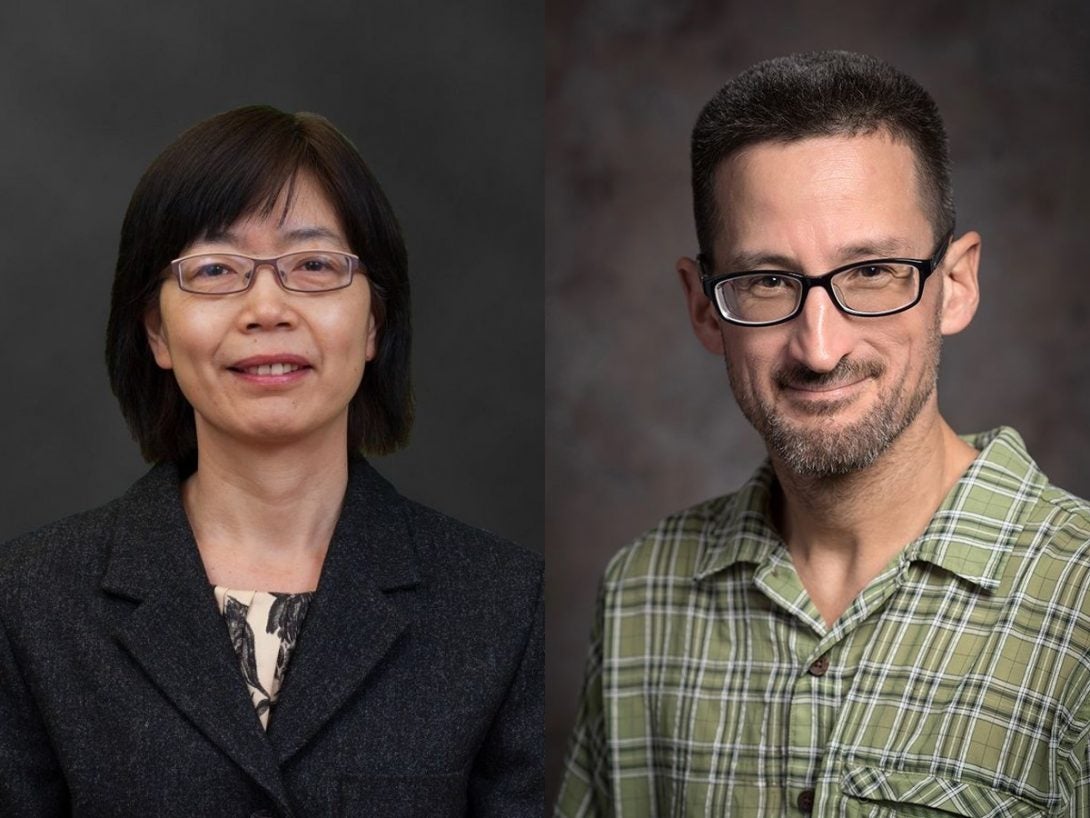A grant that’s designed to heal wounds
Text block Heading link

When we get cut or a scratch, our bodies are usually able to quickly heal the wounds, but chronic wounds are a growing problem worldwide, especially in people with diabetes.
Multiple factors contribute to the problem of chronic wounds, but a common characteristic of these poorly healing wounds is a persistent inflammatory response, including the accumulation of pro-inflammatory white blood cells called macrophages.
Yang Dai, an associate professor in the Richard and Loan Hill Department of Biomedical Engineering, received a grant from the NIH National Institute of Diabetes and Digestive and Kidney Diseases to develop a computational model to investigate the heterogeneity of macrophages and the roles they play in wound healing.
Dai will work on the grant with Timothy Koh, a professor in UIC’s department of kinesiology and nutrition. She noted that Koh has created single-cell RNAseq datasets on macrophages from skin wounds of diabetic and normal mice. His lab also has started creating datasets of single-cell ATACseq, which provide locations of accessible chromatins in individual cells in skin wounds.
“Integrating these two types of data can reveal the regulatory landscape of genes in distinct macrophage phenotypes and provide insights into the key regulatory factors involved in the impaired diabetic wound healing process,” Dai said.
Dai plans to create a computational model to integrate these two datasets to produce a plausible set of transcription factors and their targeted genes supported by the evidence from the scRNAseq and scATACseq data in individual macrophage phenotypes.
“We plan to use the insight generated from this work to design studies of the pathways implicated as well as clinical studies with the long-term goal of developing therapies to improve the healing of diabetic wounds,” Dai said.